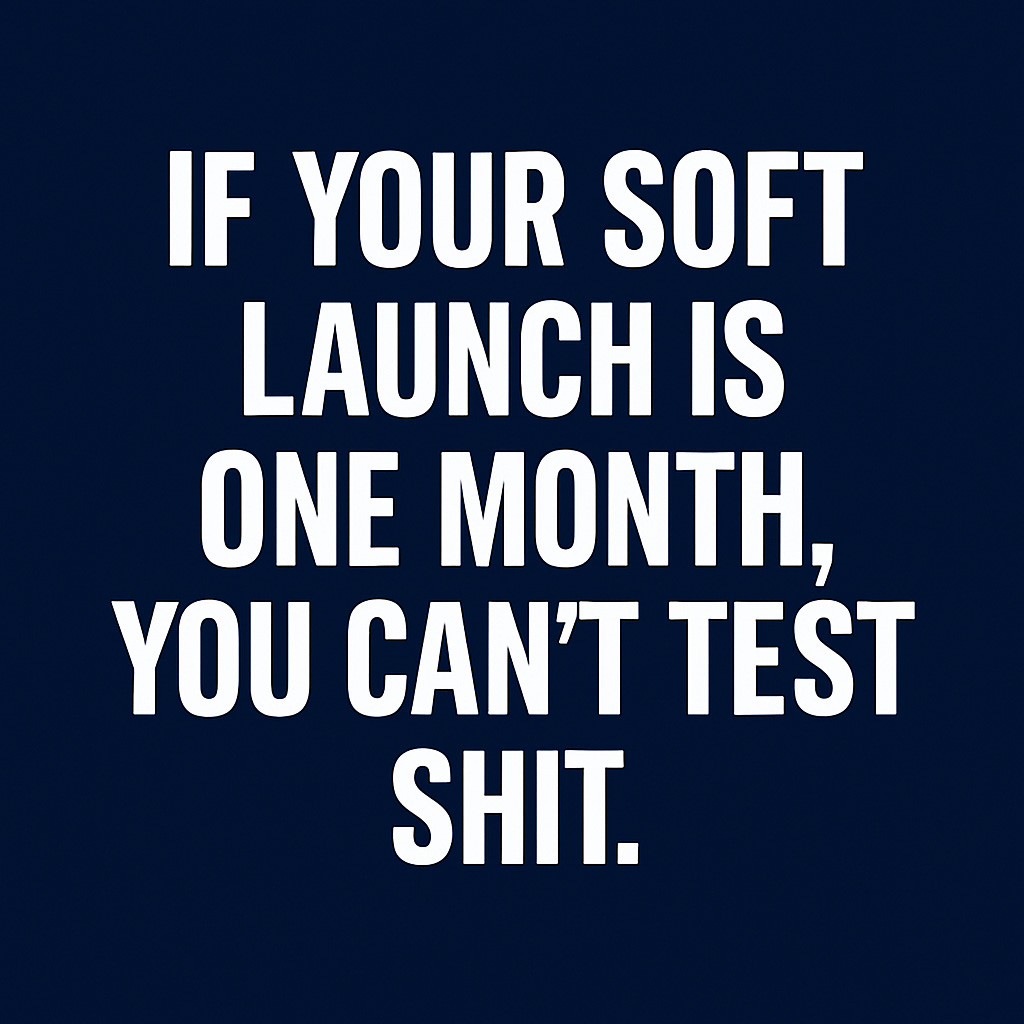❌Why most Soft Launches FAIL & how to avoid the trap
The 3-Stage Bluepring for soft Launch success in 2025
If you think a quick one-month soft launch is enough, think again. Most mobile games that rush or skip a proper soft launch end up face-planting at global release. In my own blunt words: “If you have a one-month soft launch, you can't really test shit. [You] can't really assess anything, and you will get… really partial data.”
A soft launch needs 3–6 mo…


